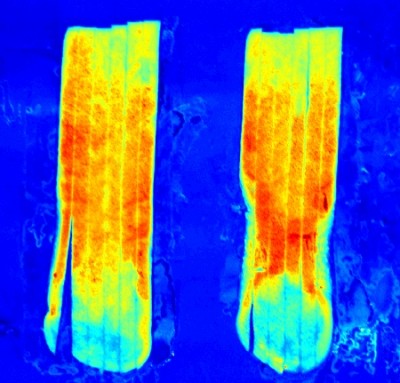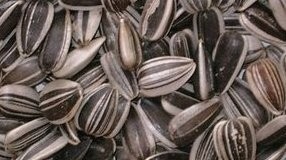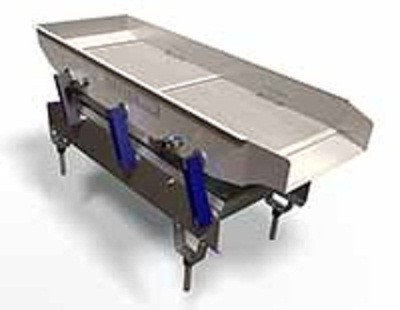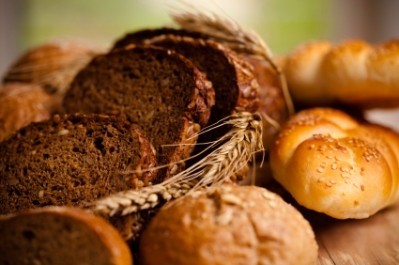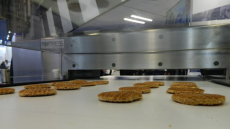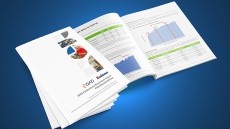Key Technology upgrades sorting technology to target smaller products
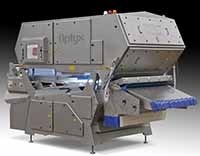
The camera/laser sorter is aimed at walnuts, raisins, dates, cherries, and other small-sized products, it has previously been used to sort food such as French fries and green beans.
Optyx features two ejector systems and three outfeed streams to automatically remove foreign material and waste in one stream while the other two streams separate good product of different grades.
In the case of walnuts, the system can remove shells, fibers, membrane, and other foreign materials to the first stream while separating darker nuts to the second stream and higher value light-colored nuts to the third stream, said Key.
Traditional two-way sorters often require a walnut processor to run the product through one sorter multiple times or leverage two or more sorters in sequence.
3-way sorting benefits
John Kadinger, market manager at Key Technology, told FoodProductionDaily.com that the three way sorting increases the yield and quality of the final products.
“It was a natural progression from doing things like french fries and green beans to smaller products and for firms where throughput capacity might not be as large we can make it specific to them.
“Walnuts, for example, are sorted once to get good product, again to get rid of small pieces and a third time to separate dark from light, which could result with possible product damage.”
Three-way sorting is available on Optyx 3000, which handles up to six metric tons (13,000 lbs) of product per hour, and on Optyx 6000, which handles up to 12 metric tons (26,500 lbs) per hour.
For higher volume lines, Key’s Manta sorter, which can be equipped with three-way sorting, handles up to 20 metric tons (44,000 lbs) per hour.
The sorter’s proprietary colour cameras recognizes size, shape, and colour differences, while the laser technology inspects distinctive structural properties of each object to identify additional product attributes and reliably detect foreign material.
Proven on larger scale
Kadinger added the process was proven on larger machines at eliminating critical defects and foreign materials and to increase the value of the final product.
“It can be used in various applications, as it provides a good foothold and opportunity to test more and look at areas such as date processors and possibly sorting coffee and green beans.”
When asked about the need to sort smaller products to catch all contaminants, he added: “Food safety is a hot topic these days, the capability allows industry to improve the process, e.g. for green beans and detect any foreign materials.”
